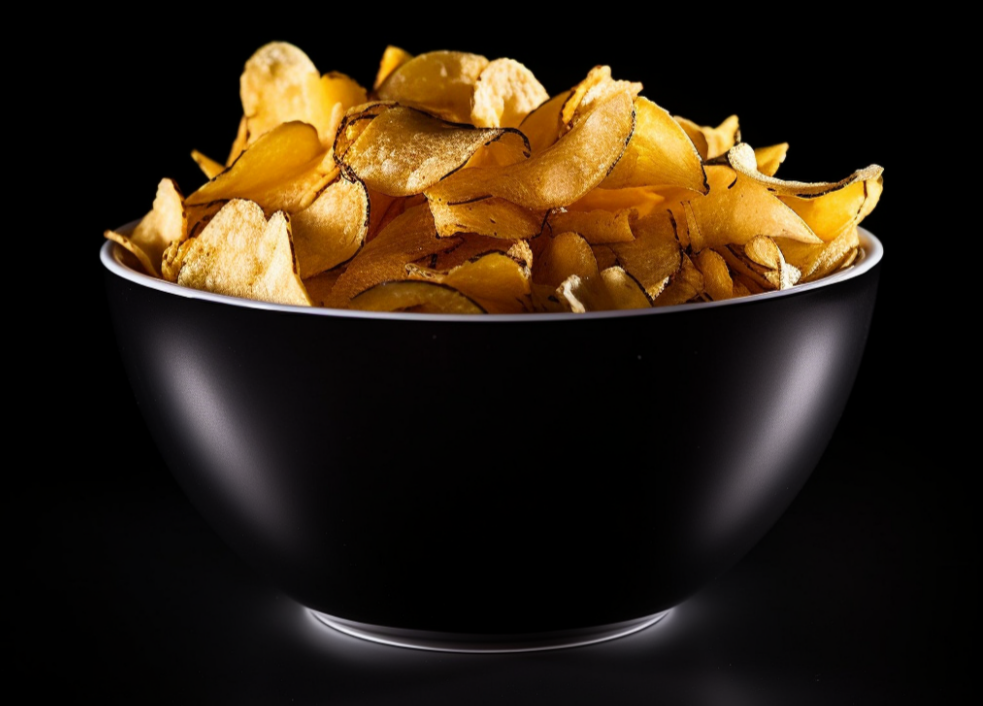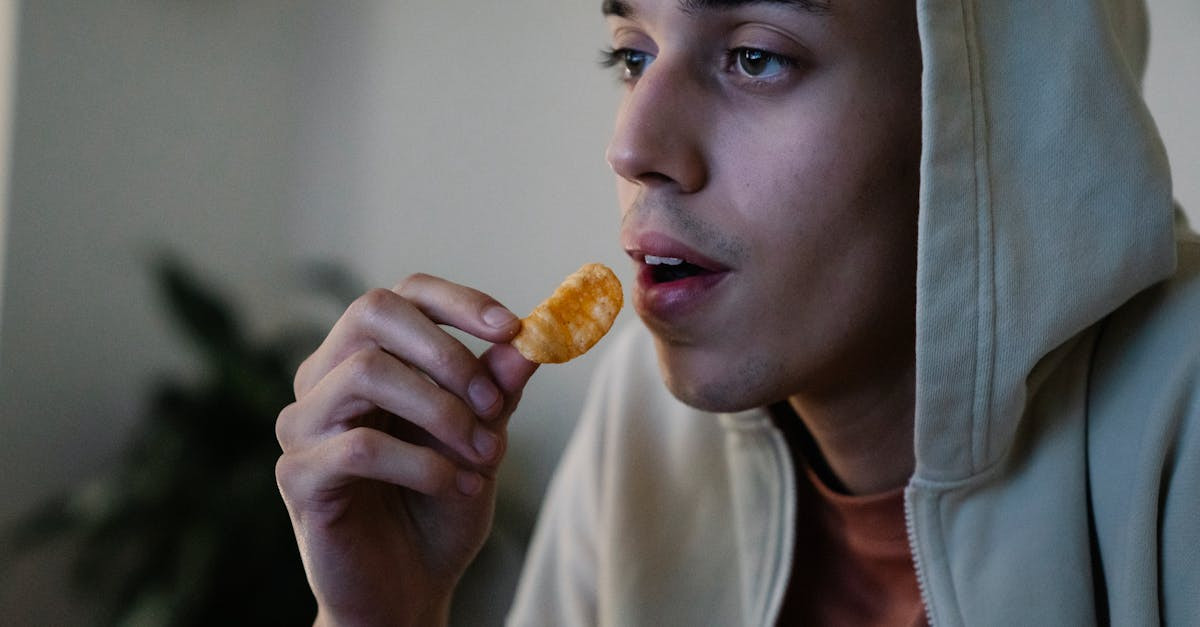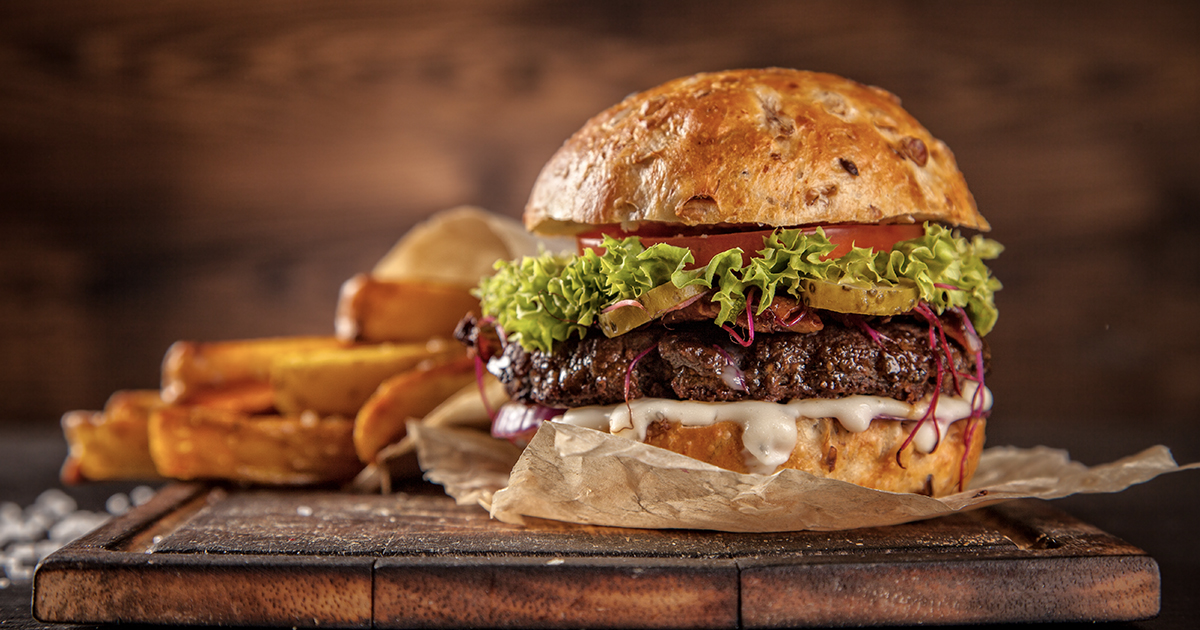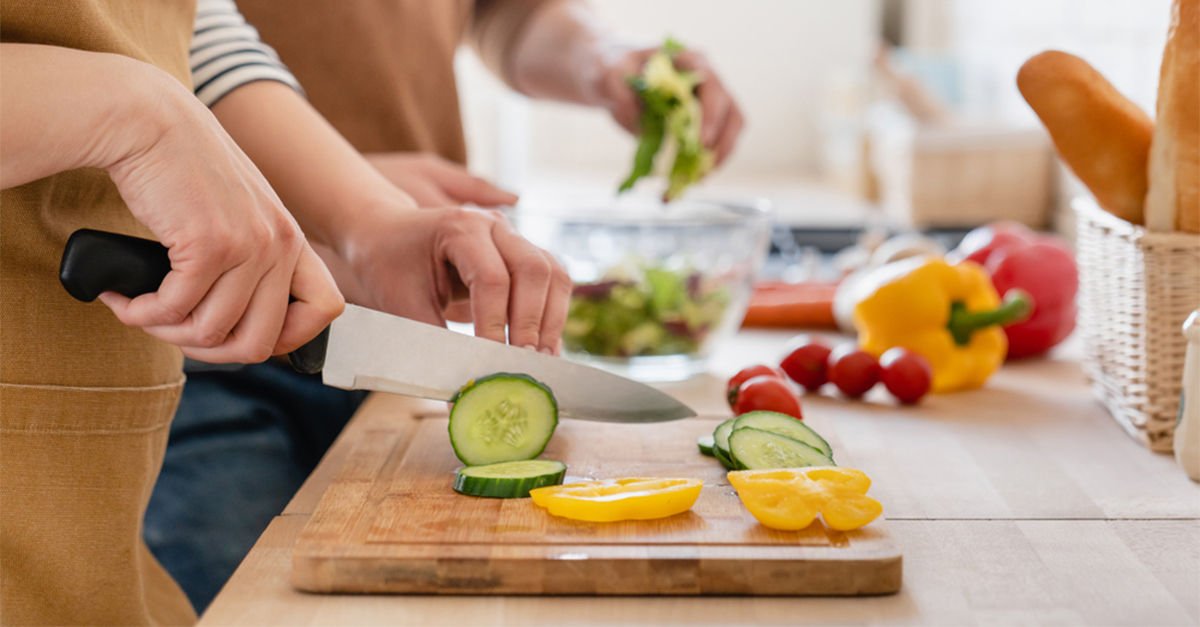Most of us have been there: you open a bag of potato chips wanting to eat just a few, and next thing you know the bag is empty. This isn’t so much a lack of willpower as the product of science. Chips are carefully engineered to trigger cravings that are hard to resist. Here's why they seem to be so addictive and what you can do instead.
The Science Of Cravings
Chips are a textbook case of a hyperpalatable food. This means they’re high in fat, salt, and simple carbohydrates: three ingredients that, when combined in the right ratio, overstimulate the brain’s reward system. This releases dopamine, a neurotransmitter linked to pleasure and reinforcement. It’s what makes you want more and more even when you’re no longer hungry.
 Midjourney AI, prompted by Netha Hussain, Wikimedia Commons
Midjourney AI, prompted by Netha Hussain, Wikimedia Commons
The Blueprint Of A Snack Attack
These snacks didn’t become irresistible by accident. Food companies put together teams of scientists to engineer the precise combination of flavor, texture, and aroma that maximizes people’s pleasure. In chips, this includes: crunch (which signals freshness); the mouthfeel of the oil; and the precise saltiness. These carefully designed features encourage you to go on eating long after you should’ve stopped.
Satiety And The Lack Thereof
One sneaky thing about chips is how unsatisfying they are. They’re calorie-dense but not filling. They lack protein, fiber, and water, which are the nutrients that signal your body that it’s full. You can eat a huge amount of calories without feeling full, a perfect storm for overeating. Your stomach doesn’t send the “I’m full” signal as quickly as it does with more nutritious foods.
Vanishing Caloric Density
Food scientists have coined the term “vanishing caloric density” to describe how certain foods fool the brain. When foods like chips melt quickly in your mouth, as chips so often do, the brain doesn’t register it as a reliable calorie source. You end up eating more because your body doesn't sense you’ve consumed anything nutritious. This same principle is used with puffed snacks and cotton candy.
The Triggers Of Chowing Down
Chips are often eaten in social situations or when you’re distracted while watching TV, at a party, or driving. This makes it easier to lose track of how much you’re eating. Marketing and packaging encourage impulse buying and thoughtless consumption, with all their bright colors, ad slogans, and oversized “family size” bags that blur the boundaries of portion control.
Taking Back Control
To stop chip cravings, start by being more intentional with your snacking. Portion out a small amount into a bowl instead of eating straight out of the bag. Choose baked or kettle-cooked versions that tend to be not quite as oily. If you can, swap chips for crunchy alternatives like roasted chickpeas, sliced veggies with hummus, or air-popped popcorn. Building awareness of the things you’re doing, and the way you’re doing them, is the first step on the path to success.
Read Labels And Know The Triggers
Always read ingredient lists and nutrition facts. If sugar, salt, and fat are all near the top of the list, it's probably a food engineered for addiction. Keep track of when you’re most likely to reach for chips, whether it’s after a stressful day, or while scrolling on your phone. Recognizing these triggers will help you redirect your behavior before you reach for the next bag.
Mindful Eating: The Way Of The Future
The practice of mindful eating; of slowing down, chewing deliberately, and savoring every last bite, will help you enjoy chips without overindulging. Ask yourself if you’re eating because you’re hungry, or just from habit, boredom, or stress. Knowing your body’s signals can help break the cycle and put you back in the driver’s seat of your food-eating habits.
You May Also Like:
The Surprising Health Benefits of Cherries
Ancient Grains: What Are They And Why Do They Matter?









